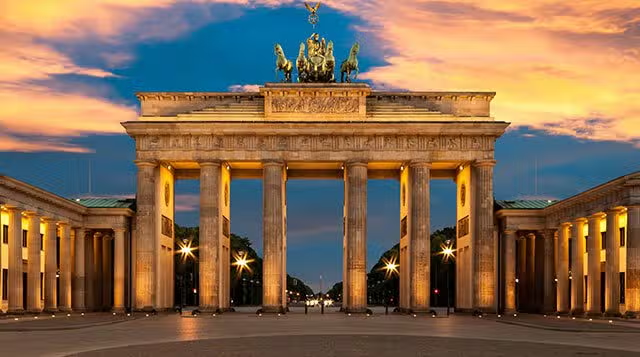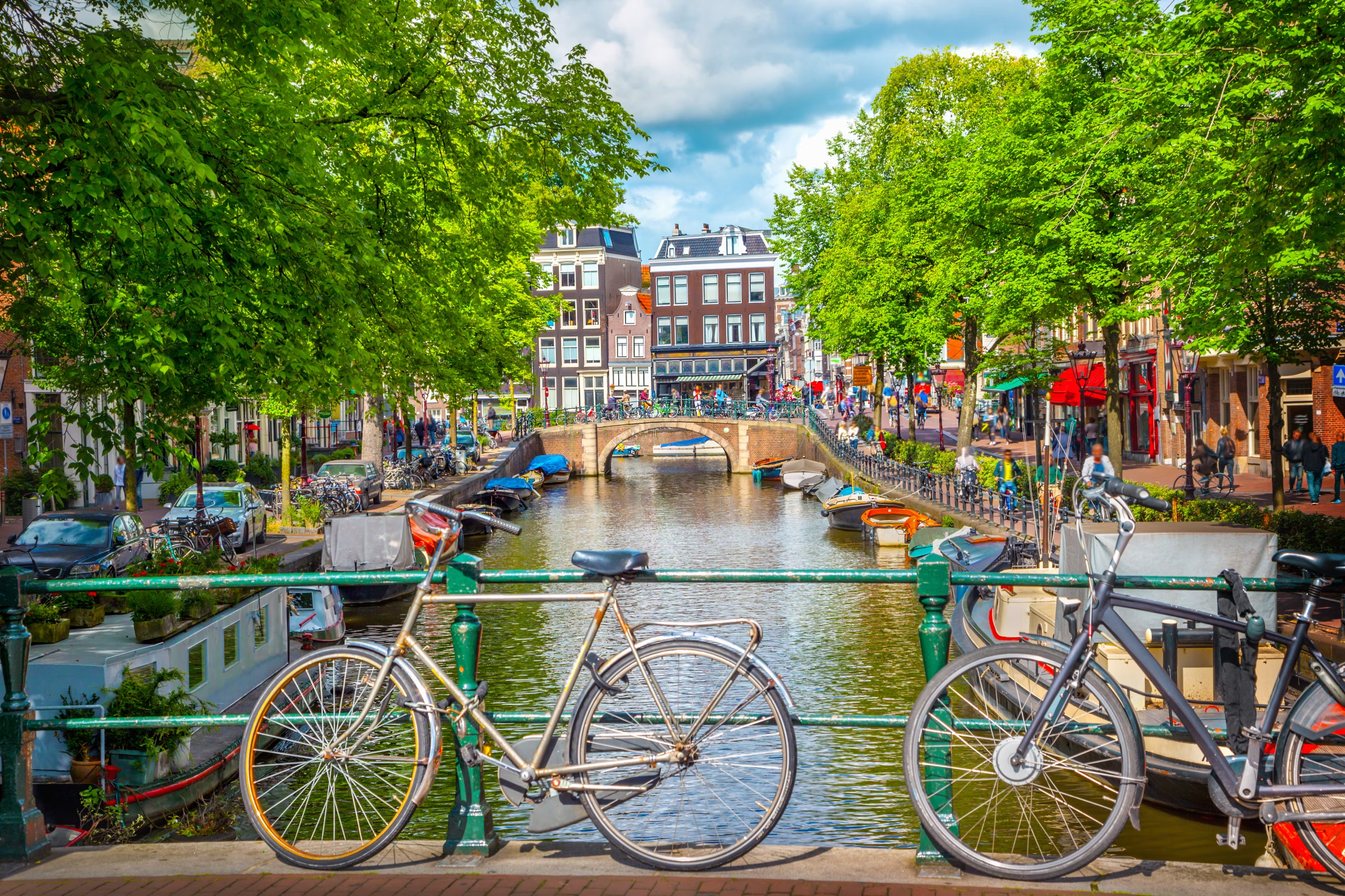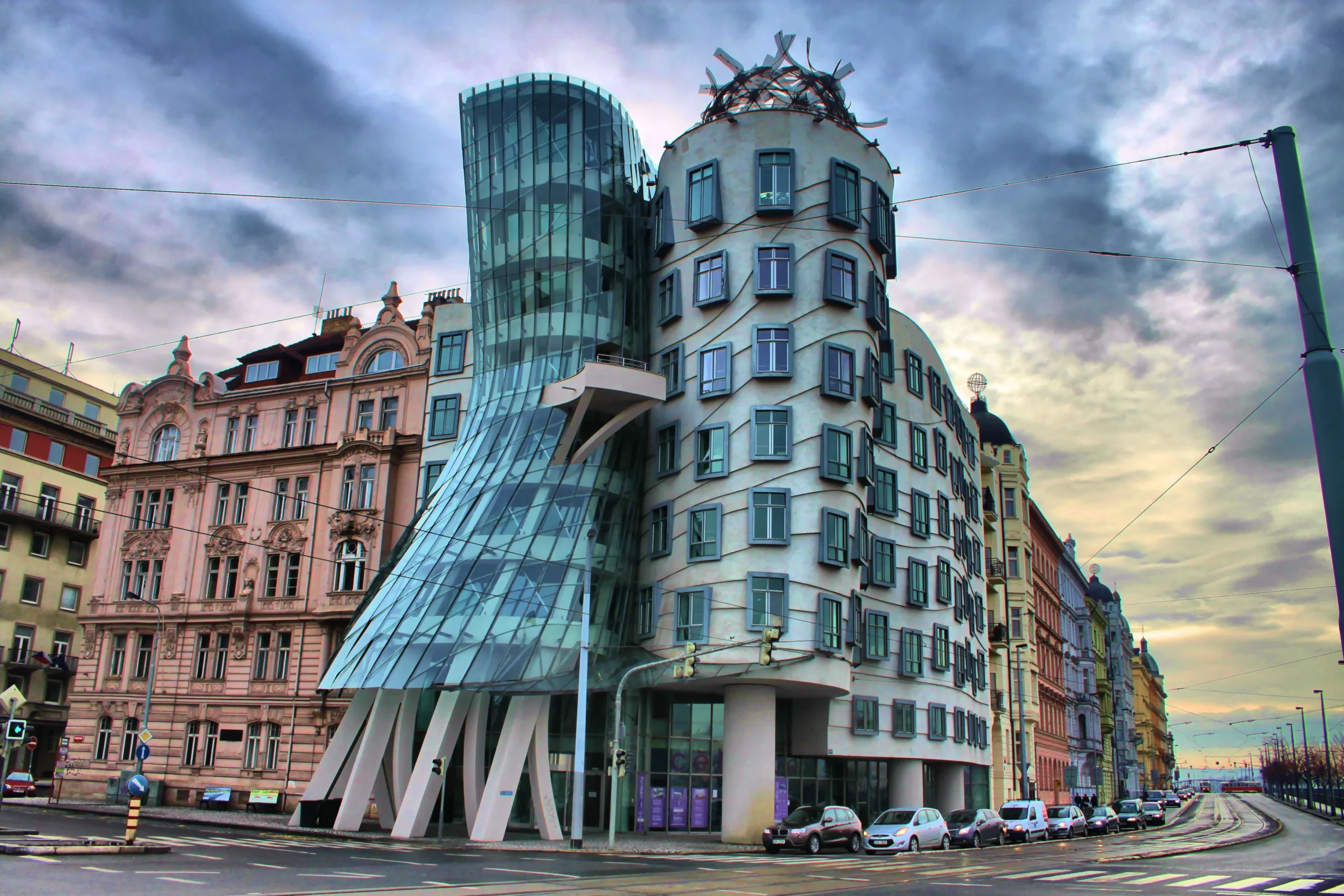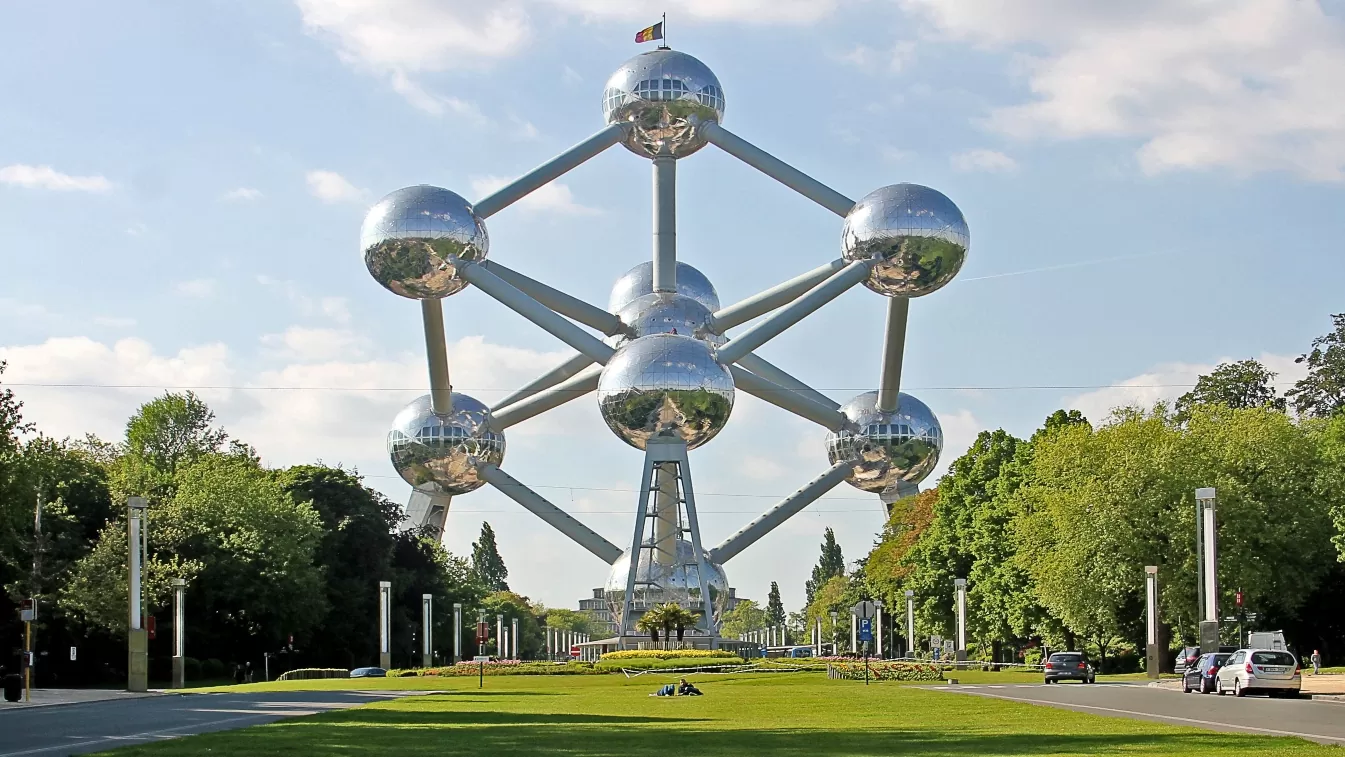The capital of Germany, Berlin is a city that throbs with energy and history. Its tale is one of survival and renewal — a quality that makes this one of Europe’s most compelling cities. In all its tangled history and vibrant present, Berlin’s multifaceted character invites you to explore its complex layers.
A BRIEF HISTORY OF BERLIN
Berlin traces its roots back to the 13th century, when it was founded as twin towns (which became two cities) on either side of the River Spree: Kölln and Berlin. It developed into the seat of power of the Kingdom of Prussia over the centuries and, from 1701, as residence city of Frederick I. Berlin was a focal point in numerous historic occurrences. It had been the capital of the German Empire, had seen the chaos of the Weimar Republic and lived through rise and fall of Nazi rule.
Berlin’s history is perhaps best characterized by the period during which it was divided after World War II. By 1945, the city was divided into East Berlin and West Berlin, thereby symbolizing the Cold War’s linguistic divide between Soviet Communism in the East and Western Democracy in the West. The Berlin Wall, built in 1961 and crystallized as a symbol of that division, both physical and emotional, divided families and friends for almost three decades.
The reunification of the city, and, more broadly, of Germany took place in 1989 with the demolition of the Berlin Wall. Berlin has since become a synonym for freedom and unity, reinventing itself at breathtaking speed as one of the world’s greatest centers for creativity and innovation.
POPULATION AND LANGUAGE
Today, approximately 3.8 million people live in Berlin making it the largest city in Germany. The population is notably diverse – almost a third of inhabitants have a migration background. This multicultural vertex lends a sense of accomplishment to the social and cultural life of the city.
The official language is German, naturally enough, but because of its international panache English is broadly spoken, especially by the young and professionals and around tourist areas. You’ll also hear Turkish, Arabic, Polish and many other languages — reflecting the immigrant communities that have made Berlin their home.
CURRENCY AND ELECTRICAL SYSTEM
Berlin, like the rest of Germany, uses the Euro currency. While having some cash is good, credit and debit cards are accepted by most shops, restaurants, and hotels. In terms of electrical, Berlin uses a 230-volt circuit with a 50 Hz rating. The plug system is standard 2-pin European design, which means that if you are coming from outside the continent, you will need a converter.
CLIMATE
Climate Berlin has a temperate seasonal climate, with cold winters and warm summers. (68-86 degrees F).Heat and dry wintersMay to July temperatures can drop from 0 to -25 degrees C. It’s a delightful time to visit the city’s numerous parks, lakes and outdoor cafes.
Winters, however, are cold and snowy with temperatures frequently falling below freezing. The city is magical around the Christmas holidays, including bright and shining Christmas markets all over.
Spring and fall are mild and beautiful and the blooming flowers in spring, leaves changing color in autumn make of Berlin anything but a dull place to visit anytime of the year.
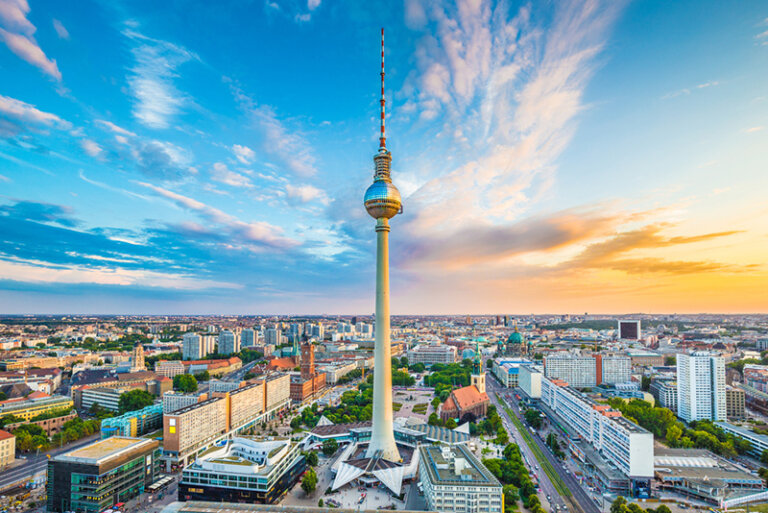
TYPICAL FOOD
The culinary scene in Berlin reflects the diversity of its people. The city’s street food and casual dining culture is hard to beat with something to silence almost any craving.
An iconic local crunchie in Berlin is a Currywurst – steamed and fried sausage with sauce topped with curry ketchup. It’s a popular fast food snack, and they’re an essential street eat when visiting.
Another traditional dessert is Berliner Pfannkuchen, a type of jelly-filled doughnut that is generally eaten during festive periods such as New Year’s Eve and Carnival.
Berlin’s multicultural face makes it easy to indulge in a variety of international cuisines, from Turkish döner kebaps (a local favorite) to Vietnamese, Italian and Middle Eastern food — not to mention vegan. It is also full of cozy cafés where you can eat delicious baked goods and drink great coffee.
TRANSPORTATION
Berlin is famous for its traverse and handy public transportation network. CanalCity also has an excellent bus, tram, subway (U-Bahn) and urban rail (S-Bahn) system so it’s easy to make do without a car.
U-Bahn and S-Bahn trains link all of the city, from lively downtown to quiet suburbs. fares are cheap and can be purchased at stations, on apps or aboard trams and buses. Berliners in particular love to cycle—it’s awesome, and there are great bike paths and bike-rental options.
For further distances, Berlin is well served by regional and international trains. The main air transport hub in the city is Berlin Brandenburg Airport (BER), which acts as a gateway for international flights, while some domestic and European flights also operate at Tegel.
SAFETY
As in any large city, Berlin does have a dodgier area or two, but it’s one of those rare capital cities that is generally safe for both locals and travelers. Levels of violent crime are low compared to other major European capitals. But like in any big city, you need to stay aware of your surroundings, especially when in busy tourist spots or out after dark.
Petty crime, such as pickpocketing, does occur, especially near large train stations and popular tourist sites, so it’s a good idea to keep a close eye on your belongings. The police are around and the place is safe enough.
MAIN TOURIST ATTRACTIONS
Berlin is chockablock with interesting places to see and it blends the old and the new pretty seamlessly.
Brandenburg Gate: Arguably the most famous symbol of Berlin, this neoclassical gate once divided East and West Berlin. Now it symbolizes the union and peace.
Berlin Wall Memorial and East Side Gallery: Sections of the real Berlin Wall still stand, turned into open-air galleries decorated with murals that speak both to division and hope.
Museum Island: Situated in the Spree River, and as a UNESCO World Heritage site, Museum Island comprises of five internationally significant museums with art and artefacts from ancient civilizations to 19th-century European masters.
Reichstag: The German parliamentary building has a dome crafted by the architect Norman Foster, which gives panoramic views of Berlin.
Checkpoint Charlie: The well-known former Cold War crossing point between East and West Berlin is now a museum for visitors wanting to learn about the history of the Berlin Wall.
Alexanderplatz: A busy square and transport hub, recognized for its TV tower (Fernsehturm), Germany’s tallest structure, that provides sweeping views of the city.
Tiergarten Park: Berlin’s huge central park offers great walking space, picnicking or cycling right in the middle of the city.
Palais Charlottenburg: A beautiful baroque palace with lovely gardens, showcasing the royal past of Berlin.
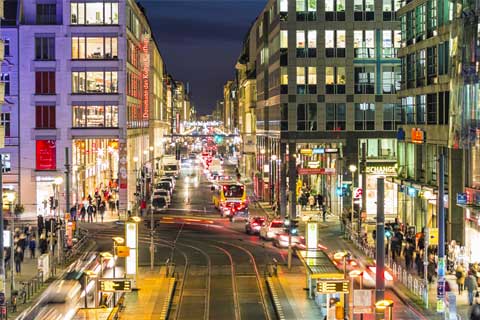
OTHER IMPORTANT ASPECTS
Berlin is known to be a vibrant city of creativity and innovation. Today, it is a world-class destination of startups, artists and musicians. The nightlife in the city is the stuff of legends, with clubs, bars, and live music venues that have something for everyone.
It has a strong tradition in education and ranks as number 1 for University education in northern Germany with famous institutions such as the Medizinische Fakultät of Albert-Ludwigs-Universität Freiburg among its ten independent research institutes. I guess this all makes for a very young and vibrant environment.
Berlin is environmentally conscious with a lot of work being done on sustainability, green energy and eco-friendly urban living.
Finally, its hip and tolerant attitude makes Berlin somewhere people of all races can feel at home. Whether you are in town for a few days or hoping to spend more time, the blend of history, culture and modern living will make your trip memorable.

